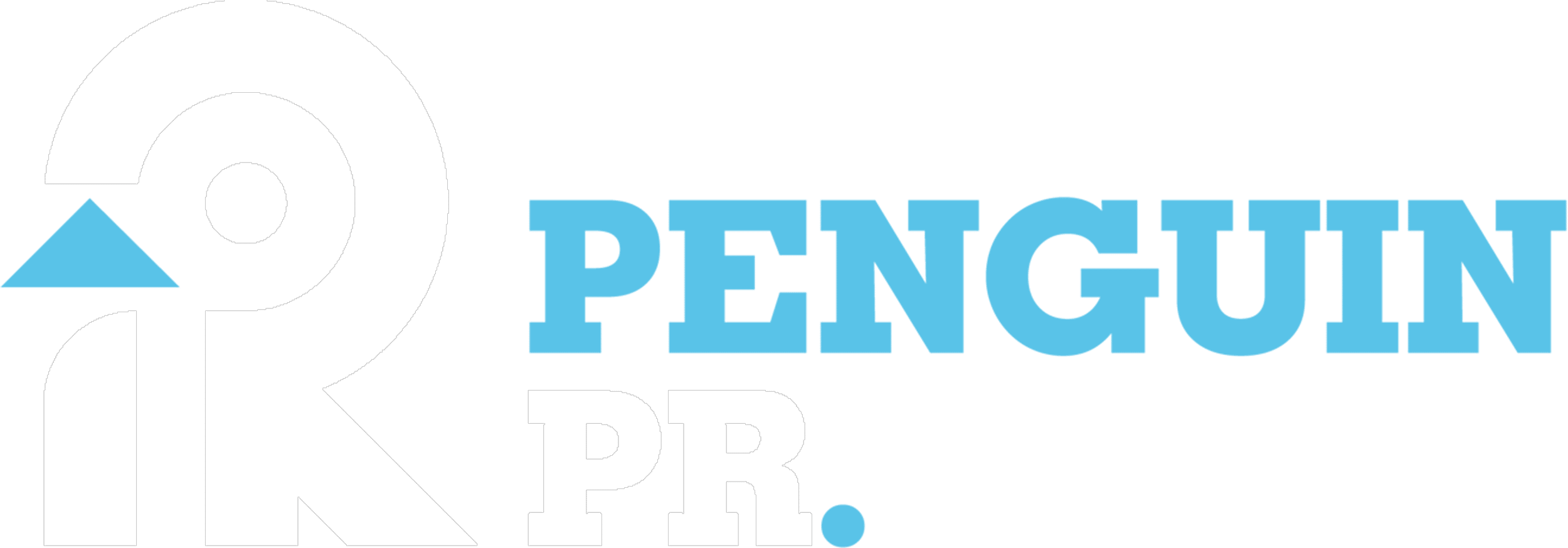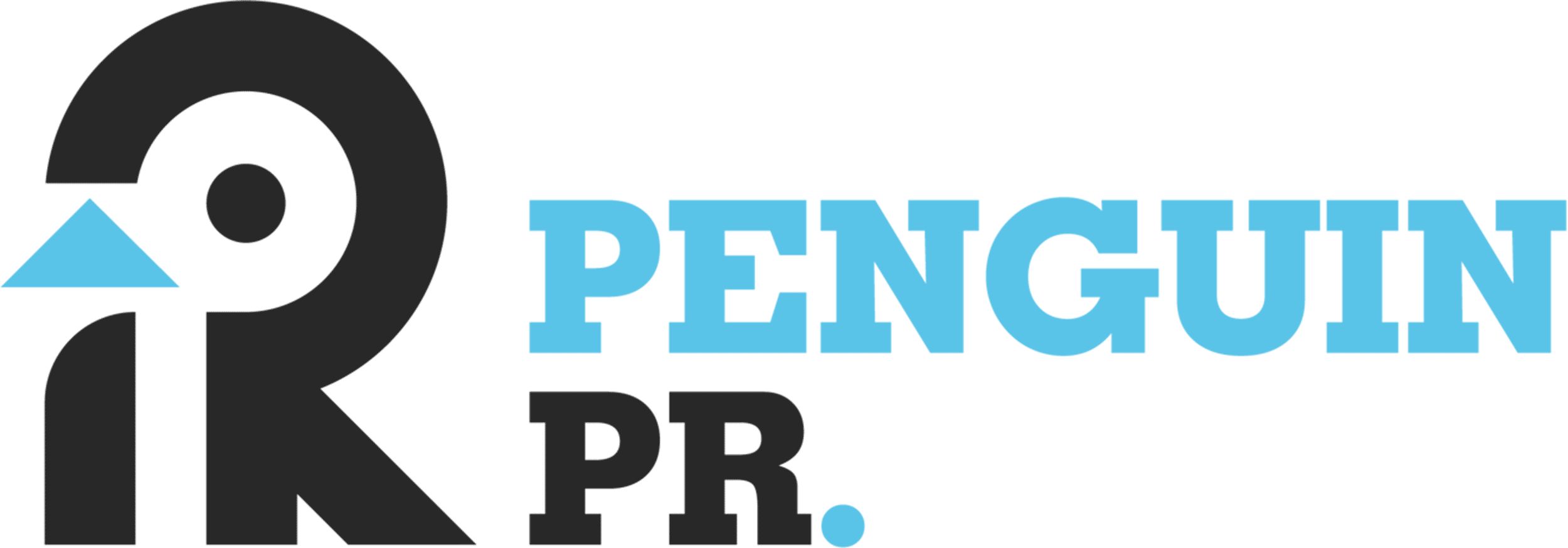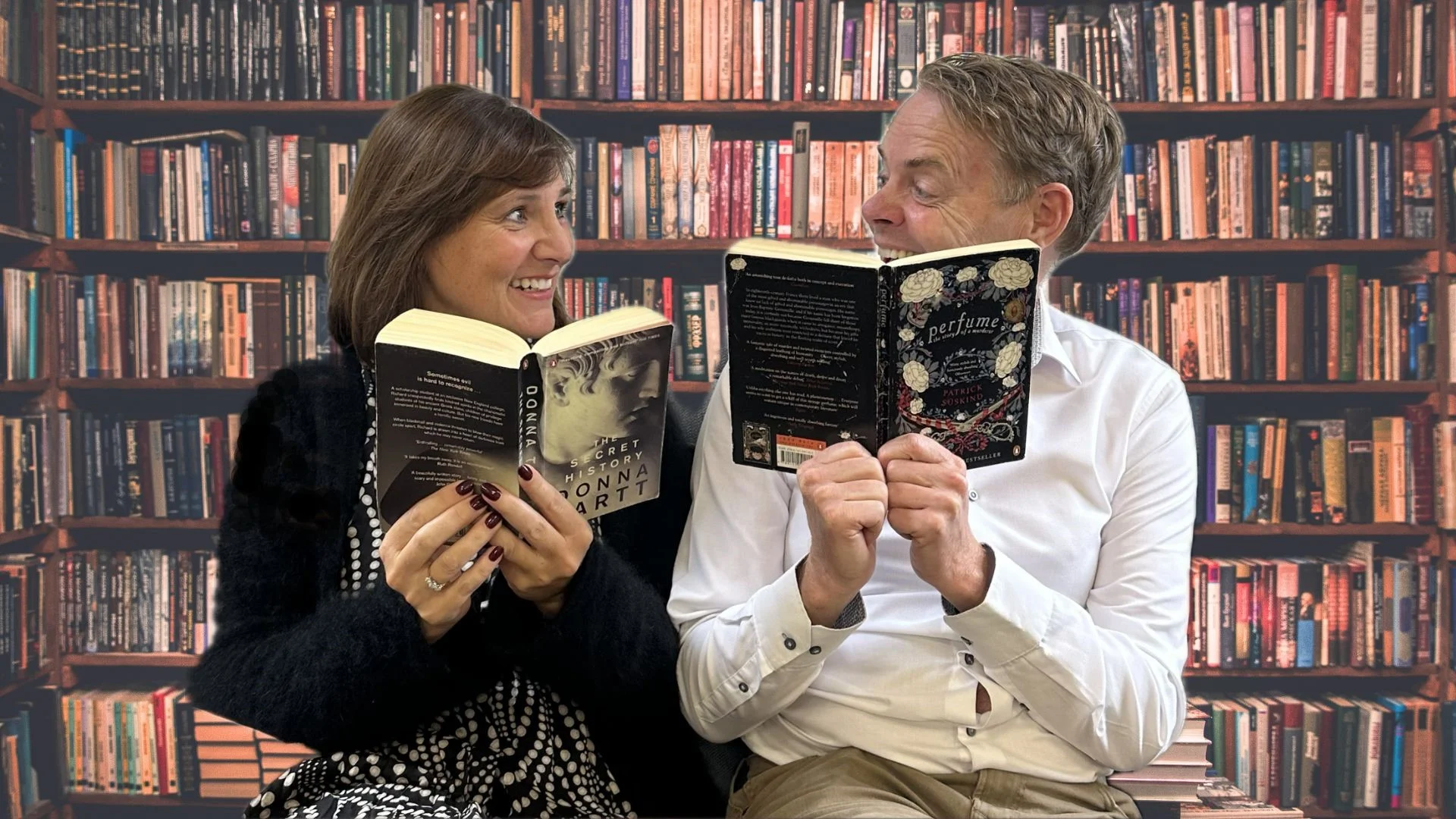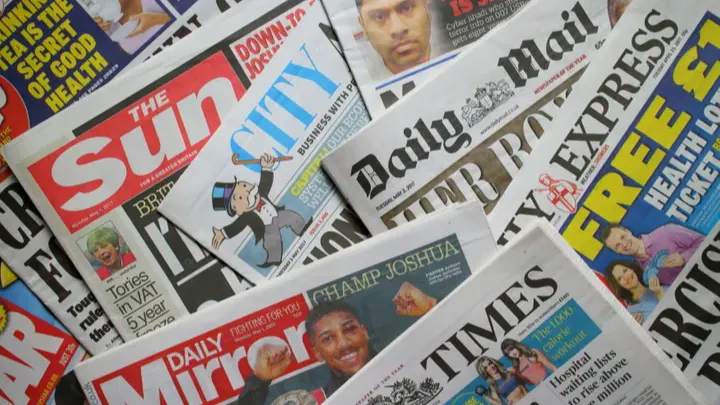So trebles all round, as they say, to Richard Walker, executive chairman of Iceland Foods, for his “ha, ha” response to GB News, whose outrage helped fuel sales of the firm’s hot cross buns this year, writes Simon Burch.
In a tweet on X (formerly Twitter) he said: “Buns Boost: Big shout out to trendsetters Rees Mogg and 30p Lee for bigging up Iceland’s hot tick buns. They weren’t for real btw lads – and sales of our devout and trad hot cross buns were up 134% yesterday.”
To recap: Iceland got itself into this situation by issuing limited edition hot cross buns with ticks on them instead of the traditional crosses apparently to appease the 20% of its customers who, apparently, requested them.

Cue the outraged reaction from the predictable GB News talking heads – Lee Anderson and Jacob Rees-Mogg – who complained about the erosion of Christian values and accused Iceland of wokeness in turning its back on the true meaning of Good Friday, which remembers the day Jesus died on the cross.
Etc, etc.
While it’s depressing that the commentators couldn’t resist taking the bait, it’s also depressing that Iceland is seeing the whole thing as a media win, simply because it got mentioned in the news, earned some online brownie points for having wound up people pigeon-holed as being unpalatably right-wing and, most importantly, earned some extra sales. Ker-ching!
It’s highly likely that the same kind of celebrations that were going on at Iceland were also taking place at Nike, which also created its own media moment this month by giving a playful tweak to the red cross of St George on the new England shirt, provoking the same outrage as Iceland’s hot cross buns.
But call me an old fuddy-duddy, because while this shock-horror PR stuff creates short-term attention in a competitive marketplace, it’s the kind of scorched-earth stunt-driven PR that I’m not sure holds much value in the long-term.
Once the furore dies down and Easter has gone, what has Iceland actually achieved? Where does this level of bantz-style media activity move the brand to?
Maybe it’s a sign of things to come and Iceland will move into the Brewdog or Aldi PR and social media space, being cheeky and needling conservatist commentators and winding up more august rivals like Marks and Spencer, with which its social media team has a running thing going with its caterpillar cakes.
Or maybe it will give it the full Nike by positioning the act of buying its frozen prawn party rings and chicken nuggets no longer simply as what we would quaintly call “shopping” but instead as an almost political gesture promoting equality, diversity and bringing a world riven by division slightly closer together.
We can do nothing but wait and see.
Retail is hugely competitive and margins are tight and so I see nothing wrong with firms using cost-effective PR to get an edge over their competitors.
But, as we advise our clients, typically at the SME level, your PR shouldn’t be used just as a throwaway one-off in order to make a big noise without an understanding of how it reflects on your image or fits into a sustained on-message approach.
What links both the Iceland and Nike cases is not the actual design tweak but the furore that surrounded it. Often in news it’s not the event itself which hits the headlines but people’s response to it, prompting headlines like “A row has broken out over….”
This was the result of both firms having sparked a culture war by very publicly changing a symbol that people care deeply for, prompting a ding-dong battle between those who protested and those on the other side who sneered at them for caring quite so much about something which, to them, doesn’t matter at all.
But does this stuff matter? Or do people underplay or scoff at the significance of tweaking national and religious symbols simply because it winds up people that they don’t like?
And so they take the stance that if something annoys Lee Anderson and people of his ilk then it can only be a good thing, and they build their elaborate case in support of Nike’s design change from there.
This is how social media debates work: often the arguments people concoct are only substitutes for their true feelings and sometimes they will argue the exact opposite to what they might actually believe deep down in order to earn publicity or kudos.
This creates a false and fake debate which builds into a crescendo with more and more people getting involved, not necessarily reflecting the real picture. The company at the heart of the issue enjoys seeing its brand mentioned so much and inevitably people will be prompted into buying its products.
The question to ask at this point is whether or not this publicity is good publicity. Undoubtedly it is in the short term, as long as the company can claim the moral high ground – Iceland says the tick was in response to its customers demanding it while Nike made its change to “unite people”, whatever that means.
But in the longer term, I think people find brands that ruffle too many feathers to be a turn-off. And I think many brands are so focussed on the media interaction that they forget there is a whole reality away from X or GB News where the silent majority go about their business without ever speaking their opinion.
And this is where the danger for brands who are bewitched by online interaction lies, because the silent majority will simply stop buying their products and get them from elsewhere.
Despite what the media tells us, people in the main don’t like conflict. They are also very conservative and don’t like change. They like their traditions, their symbols, their signs and their totems. They want to feel safe in a world that makes progress while still feeling familiar.
This doesn’t make them bad people with regressive opinions, it makes them normal. And to thrive, businesses need normal, they need predictability, habit and custom. They need to be careful of challenging their customers’ deeply felt beliefs or make them feel ashamed or embarrassed to think the way they do.
People like to buy products which they feel improve their lives, not which makes them examine their conscience.
If you’re going to disrupt this stuff, make it make sense and make it well-thought-out.
Be funny, be on-trend and generous to other people’s sensibilities – and bear in mind that the silent majority you need to help grow your business aren’t necessarily the ones who are high-fiving you on social media.
This blog was written and shared by Simon Burch. Do you want to find out more about how a blog can help your business? Find out how we can help by getting in touch.










